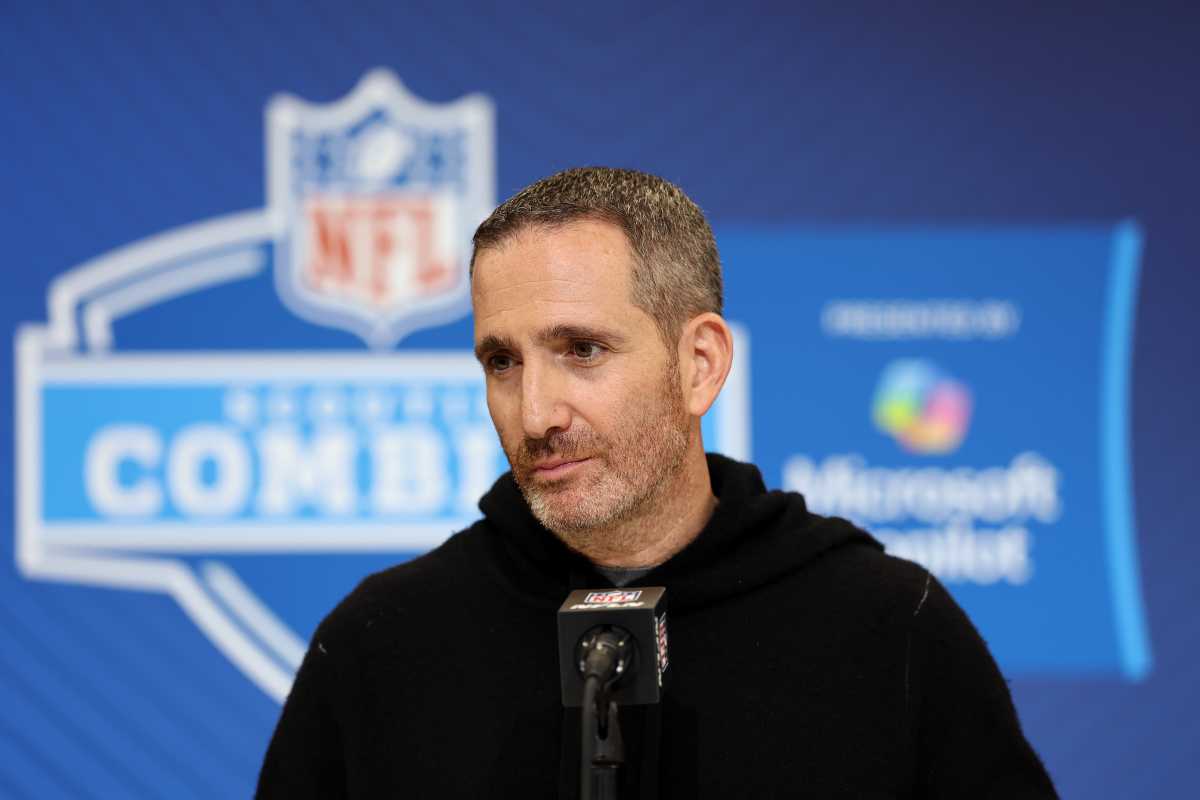Pennsylvania is experiencing a new Whiskey Rebellion, one that can trace its roots directly to Philadelphia.
Unlike the original uprising, led by residents irate over a new tax on their whiskey, this time it’s a celebration. The city is being bombarded with the legalized speakeasy — places like Village Whiskey, Franklin Mortgage, Hop Sing Laundromat — and brown-colored liquids, not clear ones, are swirling around high balls.
“Every couple months another whiskey bar pops up,” said Paul Rodriguez, general manager at Village Whiskey. “It’s not just Center City, it’s the little bars in the neighborhoods. They’re all carrying specialized whiskeys, not the large, generic ones.”
One brown spirit, in particular, is making a huge comeback: rye whiskey. The hooch was the drink of choice in Pennsylvania — and really the United States — up until Prohibition, then — poof! — it vanished quicker than last call. Now, it’s captivating a new generation (young professionals in their mid-20s to early 30s) with its unique, spicy flavor. Even craft beer drinkers are embracing it.
“Maybe Mad Men had something to do with it, I don’t know,” said Herman Mihalich, founder and CEO of Dad’s Hat Rye, a distillery in Bristol. “We talked to people in Harrisburg [at the Pennsylvania Liquor Control Board] before we opened, and they told us the rye whiskey category — actually, the overall whiskey segment — is growing. Overall, rye whiskey is growing faster.”
The Swann Lounge at the Four Seasons offers two specialty rye cocktails featuring Dad’s Hat. Village Whiskey in Center City stocks 200 different kinds of whiskey, including 17 ryes.
“Rye has had probably one of the biggest resurgences in the whiskey world,” said Rodriguez. “Traditionally, it is a blending spirit. The saying goes, rye to blend and bourbon to sip.”
Mihalich, who opened Dad’s Hat with his business partner John Cooper in 2011, said that he first noticed the resurgence in 2006 after the New York Times ran an article. He’s churning out 3,000 bottles a month, distributing it as far away as California and intends to expand his operation soon, maybe next year.
“There’s definitely a renewed interest in brown spirits,” said Mihalich. “Maybe people are finally getting tired of flavored vodkas.”
Family tradition
Mihalich has been around whiskey his entire life. His grandfather and father owned a tavern in Monessen, Pa. when he was growing up.
He remembers them pouring rye whiskey up until the early 1980s until unceremoniously people just stopped ordering rye.
“I don’t really know why,” he said.
Rye defined
To be classified as rye whiskey, it must be distilled from at least 51-percent rye and aged six to nine months.
Its flavor profile is typically spicy, with grassy floral notes and a dry finish. (Dad’s Hat Pennsylvania Rye is made with a mash consisting of 80-percent rye grain, accented with 15-percent malted barley and 5-percent malted rye).
Rye is best served neat or with a single ice cube, though it also works well in classic cocktails, specifically a Manhattan.
How’s it differ from Bourbon or Scotch? Bourbons use corn mash for sweeter taste. Single malt scotch uses malted barley mash for smoky flavor.
If you go
Philadelphia Whiskey Festival
Thursday, 6:30-9 p.m.
(VIP Tasting, 5-6:30 p.m.)
Lincoln Financial Field
$90 advance, $100 at door

























